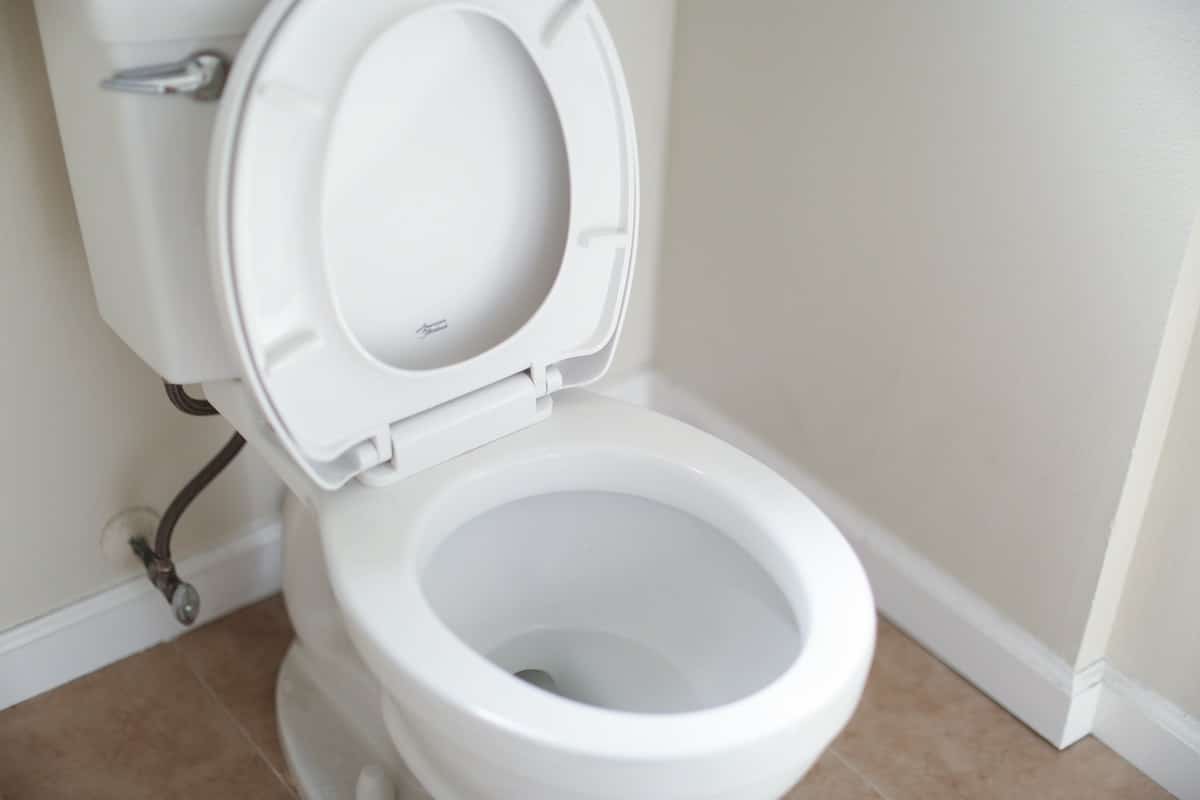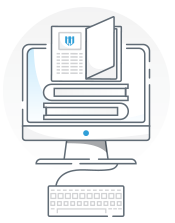One of the best ways to build wealth is with rental properties. And one of the first things new real estate investors need to learn about is how to calculate rental property cash flow. Running a profitable investing business depends on it.
In fact, I can spot a new investor a mile away. These guys think cash flow is simply “income after expenses.”
They'll say something like "My mortgage is $1,500 per month and the rent is $1,100, so I'm going to be making $400 every month.”
Sadly, this investor is about to lose money. There are a lot of unforeseen expenses they aren’t thinking about.
Let’s take a closer look.
Cash flow is used to figure out just how much income rental real estate such as apartments, duplexes, or commercial buildings can generate. A property can have either positive cash flow or negative cash flow. Positive cash flow, in case you haven’t guessed, comes with more income than expenses. That’s what we want.
Boosting the cash flow of a property could make your business sustainable in the long term. You want a strong return on investment (ROI), but is that the same thing? Not really: Cash flow measures how much cash an investment property will actually generate, whereas ROI measures total value over time.
Ok. So why do so many investors get the cash flow forecasts for their properties wrong?
Long-term expenses make up the true cash flow return, and these expenses differ based on the property type. They aren’t the same every week and every month and every year. That’s why it’s important that you can calculate the average.
To calculate what it will cost your company to maintain a specific property, you need an accurate, long-term record of what has been spent on repairs, vacancy rates, property management services, and property insurance.
Repairs. In one month you may not have any repair costs. Does that mean your repair costs over three years will be zero? Of course not. You have to budget for those inevitable nuisances like broken circuit breakers or crappy old toilets.

Don't go "low flow" with your "cash flow."
Vacancy Rates. What’s the worst thing about a great tenant? They can’t live there forever, that’s what! When they vacate your rental, you need to make some changes to keep it attractive for new tenants. It may take time for you to market the property for prospective new renters. This process includes making repairs, screening tenants, and getting them signed. For a normal market, your vacancy rate can sit at 8 percent.
Property Management. Even if you claim to be a jack of all trades, managing your property all by yourself may be difficult. Budget for property management. Property managers charge for screening and signing a lease agreement with new tenants. However, you should pay yourself if you insist on managing your property yourself. Saving money is an admirable goal, but remember—this job is a lot harder than looks.
Property Insurance. Connect with an insurance company to rates for properties in your market. There are all kinds of ways to insure your rental units; for example, "rent default insurance” is used to protect against late rent. If your tenant stops, insurance pays for it. That’s a great example of optional insurance that will affect your cash flow forecast.
Using the “50 Percent Rule.” The “50 Percent Rule” says that landlords should expect operating expenses to be 50 percent of gross income. This rule can help you figure out how profitable your rental property will be. NOTE: Mortgage or loan payments are not part of these expenses; they come out of the other half. (See how you can get in trouble by not estimating your costs up front?)
Learn how to accurately forecast both your expenses and your revenue before you get into the rentals game and you'll save yourself a lot of headaches. The best way to monitor cash flow is to prepare a cash flow report.
With this report, you are able to see the cash you received and cash paid out at the end of every month. Tracking on a weekly or daily basis may be a good idea depending on the size of your portfolio (assuming you have a knack for spreadsheets!). If you’re buying a property, try to get this information—in as much detail as possible—from the previous owner.
In fact, if they CAN’T provide it, that’s a red flag.
Proper cash flow forecasting matters for every rental property investor. You should know how to measure the rate of return for your property. Investing in properties with positive cash flow is the key to your success as an investor.
Ready to learn more? Check out The Rental Property Asset Protection Checklist.

Scott Royal Smith is an asset protection attorney and long-time real estate investor. He's on a mission to help fellow investors free their time, protect their assets, and create lasting wealth.

Ready to know more than your attorney? Join our community platform where you'll get immediate FREE access to all our best educational resources for real estate investors. Including 8 Masterclasses, group mentoring replays, and much, much more.
Join thousands of real estate investors in all 50 states as they enjoy exclusive content, special promotions, and behind-the-scenes access to me and my guests. No spam, ever. Just great stuff!
